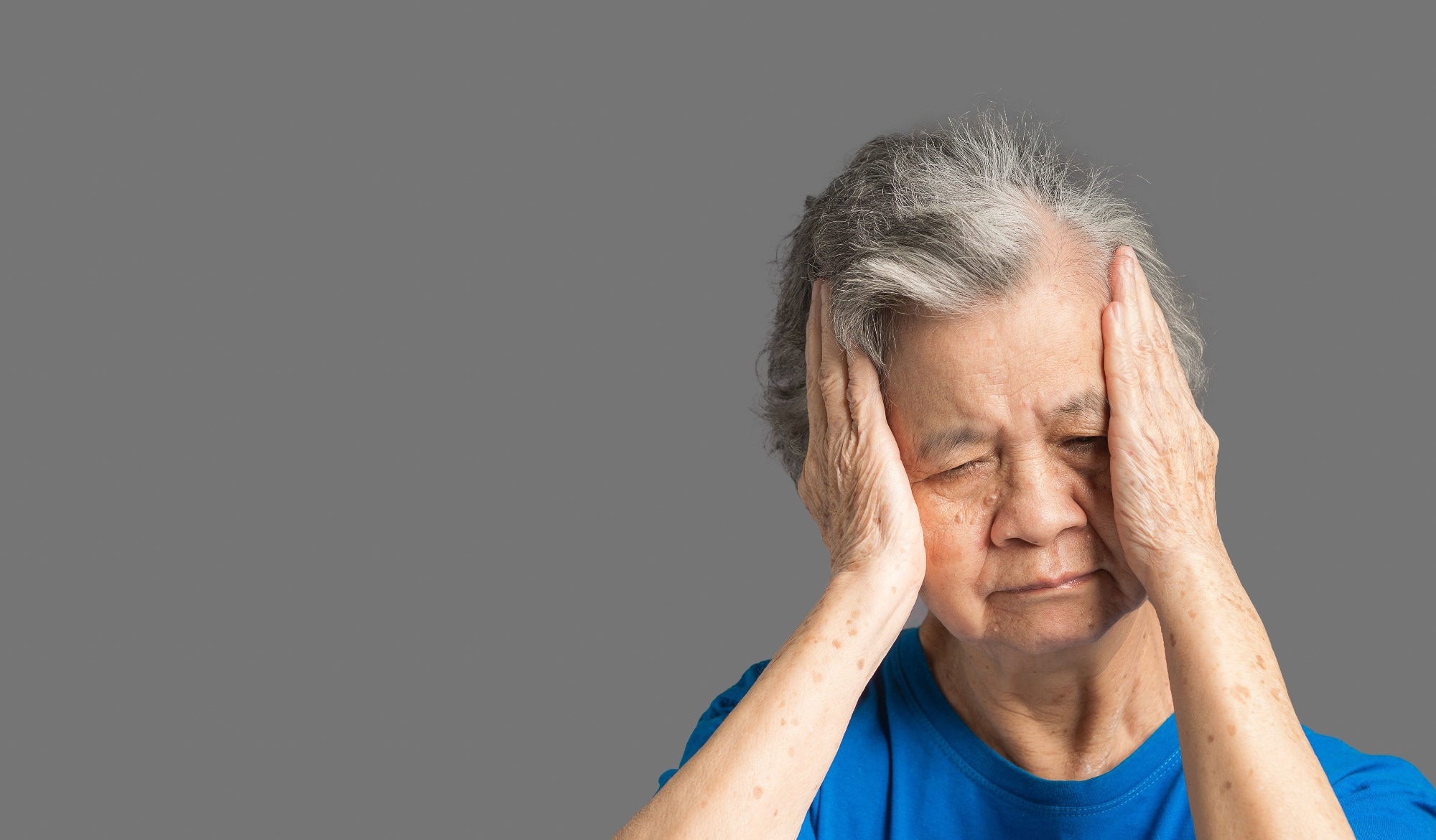In a recent study published in the JAMA Network Open, researchers examined the effectiveness and safety of using Panax notoginseng saponins for ischemic stroke in adults.
 Study: Efficacy and Safety of Panax notoginseng Saponins in the Treatment of Adults With Ischemic Stroke in China. Image Credit: meeboonstudio/Shutterstock.com
Study: Efficacy and Safety of Panax notoginseng Saponins in the Treatment of Adults With Ischemic Stroke in China. Image Credit: meeboonstudio/Shutterstock.com
Background
Stroke is a major health issue in China, causing significant morbidity, mortality, and disability. It is also the primary cause of death in the country and significantly impacts the global disease burden.
Panax notoginseng saponins, as well as Xuesaitong soft capsules, which are derived from P. notoginseng saponins, are utilized in the management of ischemic ailments.
Xuesaitong soft capsules were found with moderate certainty to have a significant association with positive clinical outcomes in ischemic stroke patients. Prospective outcome data from large confirmatory trials supporting this evidence is still lacking.
About the study
A randomized clinical trial was conducted in China from July 2018 to June 2020. The trial was double-blind and placebo-controlled, with 3,000 patients estimated to participate at 67 tertiary health centers.
The trial included patients aged 18 to 75 years who were clinically diagnosed with ischemic stroke within 14 days after symptom onset, had a prestroke score between zero and one on the modified Rankin scale (mRS), and a score between four and 15 on the National Institutes of Health Stroke Scale (NIHSS) during randomization.
The study randomly assigned patients to receive either Xuesaitong soft capsules or a placebo in a 1:1 ratio. Patients in the Xuesaitong group were administered Xuesaitong orally, while those in the control group were administered a placebo. The duration of the treatment was three months.
The study's main objective was to determine the percentage of patients who achieved functional independence (mRS-2) three months after being randomly assigned to groups. The mRS is a scale that measures disability and ranges between zero and six. Scores of zero to one indicate no disability, two to five indicate a disability, and six indicate death.
The study also measured secondary efficacy outcomes, including:
(1) the rate of recurrent stroke at three and 12 months,
(2) the number of patients with functional independence at 12 months,
(3) the number of persons with mRS scores being one or lower at three and 12 months,
(4) change in NIHSS score from baseline to three months,
(5) composite cerebrovascular events at three and 12 months,
(6) EuroQoL Group 5-Dimension (EQ-5D) score at three and 12 months,
(7) change in Barthel Index between baseline to three and 12 months,
(8) coagulation indicators and platelet count at three months.
Results
Almost 3,072 eligible patients were randomized to receive either Xuesaitong or a placebo. The study included 2,970 patients in the safety group, 2,966 patients in the modified intention-to-treat cohort, and 2,177 patients in the per-protocol group.
The modified intention-to-treat group consisted of 1,982 men and 984 women with a median NIHSS score of five at baseline and 263 and 18 patients receiving intravenous thrombolysis and mechanical thrombectomy, respectively.
The Xuesaitong group showed higher proportions of patients with no or minimal disability compared to the control cohort at three and 12 months for the secondary efficacy outcome.
Specifically, 74.1% of the Xuesaitong group had no or minimal disability at three months in comparison to 69.3% in the control cohort, and almost 86% in the Xuesaitong cohort had no or minimal disability at 12 months compared to 82.3% in the control cohort.
Xuesaitong was related to greater enhancements in neurologic deficits compared to the control group, as evidenced by a higher median NIHSS score alteration from baseline to three months in the Xuesaitong cohort. The Xuesaitong and the control groups had a median EQ-5D score of 90 each at three months.
The Xuesaitong group showed a higher median alteration in the Barthel Index from baseline to three months. There were no significant differences between the two groups in terms of a recurrent stroke at three and 12 months, functional independence at 12 months, composite cerebrovascular events at three and 12 months, alteration in the Barthel Index from baseline to 12 months, and coagulation indicators and platelet counts at three months.
No notable variations were observed in the preventive medications and status of the two groups after one month.
The safety group did not show any notable variation in safety outcomes between the two groups. Within three months, 1.0% of the Xuesaitong cohort and 1.1% of the control group had a serious adverse event incidence. The secondary safety outcomes, such as symptomatic intracranial hemorrhage, all-cause mortality, and adverse events, did not differ significantly between the two groups.
Conclusion
The Xuesaitong group had more patients with functional independence at three months than the placebo cohort.
Both cohorts had comparable safety outcomes, with no significant difference in serious adverse events occurring within three months of treatment. The study's results offer clinical evidence supporting using Xuesaitong for treating ischemic stroke patients.
-
Wu, L. et al. (2023) "Efficacy and Safety of Panax notoginseng Saponins in the Treatment of Adults With Ischemic Stroke in China", JAMA Network Open, 6(6), p. e2317574. doi: 10.1001/jamanetworkopen.2023.17574. https://jamanetwork.com/journals/jamanetworkopen/fullarticle/2806292
Posted in: Drug Trial News | Medical Science News | Medical Research News | Medical Condition News | Pharmaceutical News
Tags: Clinical Trial, Disability, Efficacy, Ischemic Stroke, Mortality, Placebo, Platelet, Stroke

Written by
Bhavana Kunkalikar
Bhavana Kunkalikar is a medical writer based in Goa, India. Her academic background is in Pharmaceutical sciences and she holds a Bachelor's degree in Pharmacy. Her educational background allowed her to foster an interest in anatomical and physiological sciences. Her college project work based on ‘The manifestations and causes of sickle cell anemia’ formed the stepping stone to a life-long fascination with human pathophysiology.
Source: Read Full Article
